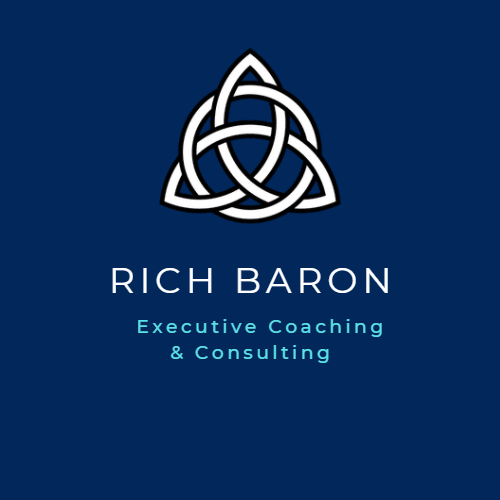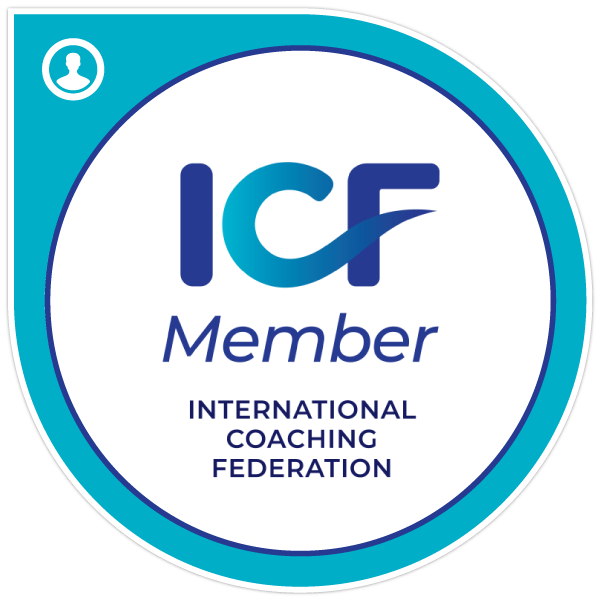The Essence of Leadership Through Grateful Reflection
Rich Baron • November 25, 2025
Leaders, Be Thankful
This time of Thanksgiving is a perfect moment to reflect on the values that enrich our lives. Leadership—perhaps more than anything else—holds the power to shape our communities, elevate our organizations, and deepen our personal growth. As we enter this season of gratitude, I invite you to join me in celebrating the transformative nature of leadership, acknowledging its impact, and honoring the remarkable leaders who inspire and guide us every day.
This past year, I’ve had the incredible privilege of coaching leaders from around the world, including the United States, Canada, Netherlands, Denmark, Germany, Switzerland, South Africa, Yemen, Egypt, India, Poland, Italy, Singapore, Dubai, Saudi Arabia, Australia, New Zealand, and the United Kingdom—as well as Spain, Portugal, Argentina, Brazil, Colombia, Chile, Mexico, and Uruguay. Working with these extraordinary individuals has enriched my life in countless ways, and I am deeply grateful for the opportunity to support their leadership journeys.
I am equally grateful for the expanding reach of our podcast, Mainline Executive Coaching ACT, which continues to reinforce how essential leadership and culture truly are around the globe. This year, the podcast surpassed 1,350 cities across more than 140 countries worldwide. What humbles my co-host and friend, Maikel Bailey, and me most is not the number itself, but what it represents: leaders everywhere—regardless of geography, language, or culture—are actively seeking growth, transformation, and a deeper understanding of the human side of leadership.
I am profoundly thankful that our message is being heard and that the conversations we share are supporting leaders all over the world. And I’m honored that FeedSpot has recognized Mainline Executive Coaching ACT as one of the top executive coaching podcasts in the world, a reflection of how important—and how universal—the topics of leadership and culture have become.
Below are a few meaningful ways leaders can express gratitude and show appreciation to the people who make a difference in their lives and organizations.
Visionaries Who Inspire
Leadership often begins with a clear and compelling vision. We are grateful for the visionary leaders who challenge the status quo, ignite passion, and encourage us to think beyond perceived limits. These trailblazers help us see what’s possible and inspire us to pursue a future that once felt out of reach. Their clarity and courage fuel our motivation to excel and innovate.
Empathetic Guides
Empathy is a hallmark of exceptional leadership. During this season, we’re reminded to appreciate the leaders who genuinely care about the well-being of their people. They create environments defined by collaboration, emotional safety, and open communication. These empathetic guides go the extra mile to understand the needs of their teams, empowering others to grow and thrive both personally and professionally.
Leading by Example
Leaders set the tone for the culture within their teams. When leaders express gratitude—both publicly and privately—they reinforce a culture of appreciation that becomes contagious. This cycle of recognition builds trust, loyalty, and connection. When employees feel appreciated, they know their efforts matter, and that trust creates a workplace where individuals feel supported, valued, and motivated to give their best.
Be Thankful for Your Team
Great leaders understand that they cannot—and should not—be experts in everything. Leadership is not about doing it all; it’s about surrounding yourself with individuals whose unique talents elevate the entire team. When leaders intentionally bring people together who excel in diverse areas, they create a dynamic force capable of solving complex challenges and producing exceptional results. Be thankful for the people who show up every day with skill, passion, and commitment. Their contributions strengthen the collective and bring new perspectives, ideas, and solutions to the table.
Be Thankful You are a Leader
Leadership is a privilege. It offers the opportunity to shape lives, guide growth, and influence the future. That is why embracing servant leadership is essential. Servant leaders prioritize the success and well-being of others—they coach, mentor, and empower. When leaders invest in the development of their people, they cultivate teams that are engaged, capable, and inspired. In doing so, leaders also discover their own success. This reciprocal cycle is something every leader can be truly grateful for.
Wrapping Up
This season reminds us to be thankful—and to make gratitude a daily habit. The simple act of saying “thank you” can mean the world to those who work hard and deserve acknowledgment. When leaders commit to showing appreciation year-round, they infuse their teams with a sense of worth, belonging, and confidence. Leadership, at its core, is not only a privilege but a calling—one that requires humility, intent, and an unwavering dedication to lifting others.
As we celebrate Thanksgiving—a time to reflect on the blessings in our lives—let us extend this spirit of gratitude to our colleagues, clients, partners, mentors, and all who support our professional journeys. As the holiday season unfolds, may we carry this attitude of thankfulness into our leadership, our relationships, and our everyday lives.
Happy Thanksgiving to each of you reading this. I am truly grateful for your support and wish you and your loved ones all the very best.
About the Author
Rich Baron is the Chief Operating Officer and Director of Global Coaching Projects at John Mattone Global (JMG) and a Master Certified Intelligent Leadership® Executive Coach. He partners with C-level leaders and high-potential executives around the world to strengthen trust, elevate culture, and drive sustainable transformation.
Rich leads large-scale coaching and cultural initiatives across multiple regions and industries, and serves as a strategic bridge between executive teams, HR, and global coaching networks. He is also the co-host of the Mainline Executive Coaching ACT podcast, recognized as one of the top executive coaching podcasts globally, where he explores the real-world challenges and opportunities facing today’s leaders.
Through his work, Rich is dedicated to CHANGING THE WORLD One Leader, One Organization at a Time® by helping leaders move beyond performance and build the inner architecture required to become world-class executives.




